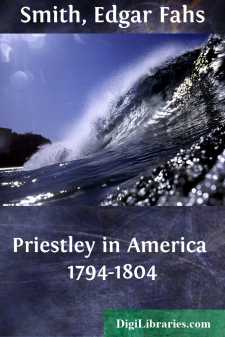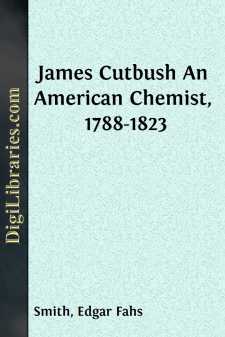Categories
- Antiques & Collectibles 13
- Architecture 36
- Art 48
- Bibles 22
- Biography & Autobiography 816
- Body, Mind & Spirit 145
- Business & Economics 28
- Children's Books 17
- Children's Fiction 14
- Computers 4
- Cooking 94
- Crafts & Hobbies 4
- Drama 346
- Education 58
- Family & Relationships 59
- Fiction 11834
- Foreign Language Study 3
- Games 19
- Gardening 17
- Health & Fitness 34
- History 1378
- House & Home 1
- Humor 147
- Juvenile Fiction 1873
- Juvenile Nonfiction 202
- Language Arts & Disciplines 89
- Law 16
- Literary Collections 686
- Literary Criticism 179
- Mathematics 13
- Medical 41
- Music 40
- Nature 179
- Non-Classifiable 1768
- Performing Arts 7
- Periodicals 1453
- Philosophy 66
- Photography 2
- Poetry 897
- Political Science 203
- Psychology 45
- Reference 154
- Religion 516
- Science 126
- Self-Help 85
- Social Science 82
- Sports & Recreation 34
- Study Aids 3
- Technology & Engineering 59
- Transportation 23
- Travel 463
- True Crime 29
Our website is made possible by displaying online advertisements to our visitors.
Please consider supporting us by disabling your ad blocker.
Priestley in America 1794-1804
by: Edgar Fahs Smith
Categories:
Description:
Excerpt
PRIESTLEY IN AMERICA
There lies before the writer a tube of glass, eleven and one half inches in length and a quarter of an inch in diameter. Its walls are thin. At one end there is evidence that an effort was made to bend this tube in the flame. Ordinarily it would be tossed aside; but this particular tube was given the writer years ago by a great-grandson of Joseph Priestley. Attached to the tube is a bit of paper upon which appear the words "piece of tubing used by Priestley." That legend has made the tube precious in the heart and to the eye of the writer. Everything relating to this wonderful figure in science, history, religion, politics and philosophy is very dear to him. On all sides of him are relics and reminders of Priestley. Not all, but many of his publications are near at hand. After perusal of these at various times, and while reading the many life sketches of Priestley, there has come the desire to know more about his activities during the decade (1794-1804) he lived in America. Isn't it fair to declare that the great majority of chemical students think of Priestley as working only in England, his native land, and never give thought to his efforts during the last ten years of his life? It has been said that he probably inspired and incited the young chemists of this country to renewed endeavor in their science upon his advent here. There is no question that he influenced James Woodhouse and his particular confreres most profoundly, as he did a younger generation, represented by Robert Hare. Priestley again set in rapid motion chemical research in the young Republic. He must therefore have done something himself. What was it? Is it worth while to learn the character of this work? Modern tendencies are antagonistic to the past. Many persons care nothing for history. It is a closed book. They do not wish it to be opened, and yet the present is built upon the early work. In reviewing the development of chemistry in this country everything, from the first happening here, should be laid upon the table for study and reflection. Thus believing, it will not be out of place to seek some light upon the occupation of the discoverer of oxygen after he came to live among us—with our fathers.
Noble-hearted, sympathetic Thomas E. Thorpe wrote:
If, too, as you draw up to the fire 'betwixt the gloaming and the mirk' of these dull, cold November days, and note the little blue flame playing round the red-hot coals, think kindly of Priestley, for he first told us of the nature of that flame when in the exile to which our forefathers drove him.
Right there, "the nature of the flame," is one thing Priestley did explain in America. He discovered carbon monoxide—not in England, but in "exile." It may not be an epoch-making observation. There are not many such and those who make them are not legion in number. It was an fact, with a very definite value, which has persisted through many succeeding decades and is so matter-of-fact that rarely does one arise to ask who first discovered this simple oxide of carbon....



